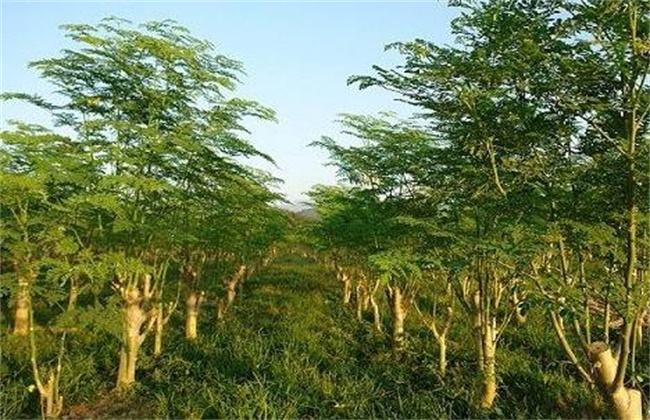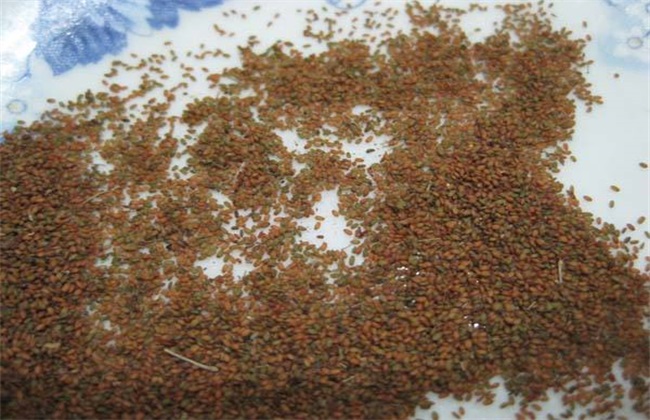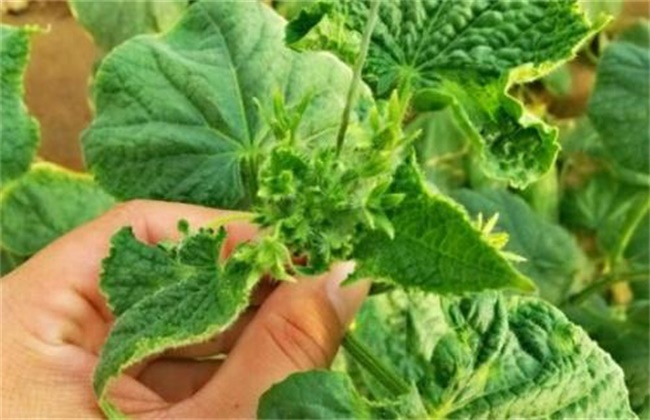Planting techniques of Moringa oleifera
Moringa oleifera is a kind of plant, which is mainly planted in tropical areas of China, such as Guangdong, Hainan, Taiwan and so on. It has high ornamental, edible and economic value, and many farmers grow it to make money, so how to grow Moringa oleifera? Let's get to know it.

1. Sowing seeds
The seeds of Moringa oleifera should be soaked in clean water for 24 hours before sowing. Generally, strip sowing is used to sow the seeds on the ground with a distance of 1 cm and a ditch depth of 2-2.5 cm. The seeds are evenly sowed into the ditch and covered with soil after sowing. After sowing, shading is used to cover the shade to keep the bed moist to facilitate seedling emergence.
2. Transplanting and planting
The transplanting and planting of Moringa oleifera is different from other seedlings, because the problem of irrigation should be taken into account, so it is suggested that transplanting should be carried out in overcast and rainy days, and enough fixed root water should be poured after planting, so as to effectively improve the survival rate of Moringa oleifera. Because the demand for water of Moringa oleifera is not high, it is only necessary to keep the soil moist when transplanting. The planting density of Moringa oleifera needs to take into account the planting purpose. If it is used for ornamental purposes, the planting density can be appropriately larger. If it is used as an economic wood, the planting density can be appropriately lower.
3. Fertilizer and water management
In the aspect of fertilization, it is necessary to combine chemical fertilizer and organic fertilizer, balanced fertilization, and use soil testing formula to balance fertilization. Moringa oleifera is planted in the cold winter season, so it is necessary to topdressing and applying organic fertilizer according to the actual situation. Because it is located in the subtropical area with more annual precipitation, Rain Water is abundant, and farmers can irrigate according to their own actual situation in order to effectively control the soil moisture.
4. Pest control
The main diseases of Moringa oleifera are root rot, anthracnose, deciduous leaf disease and scab, which can be controlled by timely spraying. The main pests are red spider, Spodoptera litura and so on.
The above is the introduction of the planting technology of Moringa oleifera. I hope it can help you. If you want to know more about it, please follow us.
Related
- Where is it suitable to grow horseradish in China? it is expected to see the middle altitude horseradish in Alishan.
- How to prevent tomato virus disease reasonably? (Control methods included)
- Many people like to plant towel gourd on the balcony. What are the main points of this method and management?
- What crops can chili peppers be mixed with?
- Fertilization techniques and matters needing attention in Tomato
- What are the grafting techniques for peach seedlings in spring?
- Harm and control methods of root swelling disease of Chinese cabbage
- What are the pests of sweet potatoes? How to prevent and cure it?
- Symptoms, causes and Control methods of navel Rot in Tomato
- The cause of "Cucumber rotten bibcock" in Farmers' planting Cucumber and its Control Plan



